British Surrender at Yorktown
General George Washington led his Continental Army and the French Army under General Jean-Baptiste de Rochambeau into Virginia in mid-September 1781. The combined force was on its way to Yorktown and its appointment with destiny with the entrapped British command of General Lord Charles Cornwallis.
Just outside of Richmond, Washington’s regiments were joined by 4,500 soldiers under the Marquis de Lafayette, bringing this grand American-French army to over 16,000 men. The Redcoats entrenching in Yorktown numbered about 7,000. Cornwallis’s only real hope was that the British Navy could arrive in time to evacuate his embattled troops.
As promised, French Admiral Francois Joseph de Grasse and his large Caribbean fleet arrived in the Chesapeake on August 30 to support Washington’s efforts to capture or destroy Cornwallis’s army. De Grasse found the bay empty of British warships, arriving just five days after a British fleet had departed for New York.
A second British fleet arrived a few days later and, on September 5, the two antagonists fought the Battle of the Chesapeake (also called the Battle of the Capes). The French outgunned the English, and the result was a rare French naval victory over their longtime nemesis. It could not have come at a more providential time for the American cause.
With the British fleet dispersed, any realistic hopes Cornwallis had for a seaborne rescue were dashed. He settled in for the expected siege operation of Washington’s army, as Cornwallis recognized that was the natural progression of the campaign.
On September 28, 1781, Washington, despite not having all his artillery in place, opened the bombardment and siege of Yorktown. Cornwallis soon abandoned his outer defensive works to concentrate his forces, but this move also greatly reduced the obstacles the Continentals would have to overcome.
“Map of the British Surrender at Yorktown.” Americana Corner.
Cornwallis’s decision proved to be a tactical blunder as allied artillery was soon pounding the town and British casualties began to mount. On the evening of October 14, the last two British outer works, Redoubts 9 and 10, which were essentially mini forts in front of the main defensive line, were assaulted and captured. Colonel Alexander Hamilton, one of Washington’s favorite aides, requested and was granted the honor of personally leading the American charge on Redoubt 10, while French forces captured Redoubt 9.
Cornwallis’s situation was now desperate. He wrote to General Henry Clinton, commander of British forces in North America and based in New York, “If you cannot relieve me very soon, you must be prepared to hear the worst.”
Cornwallis’s final hope was to ferry his men across the York River to his base at Gloucester. From here, the Redcoats could burst through the thin Continental line, and escape to the north. The movement began well on the night of October 16, but it was not to be. Like so many other instances in this campaign when circumstances worked against the British, this time their hopes were dashed by Mother Nature as a storm rolled in, making the move impractical.
The next day, a small white flag carried by a British officer was seen waving on the top of the English parapet and a drummer beat for a parley. Washington ordered his cannons to cease fire and Cornwallis offered to lay down his arms.
On October 19, 1781, six and a half years after “the shot heard round the world” was fired at Lexington and Concord, the unthinkable—Cornwallis surrendering his entire army—had happened. That day, 7,000 Redcoats marched out between two lines of American and French soldiers and stacked their arms. The humiliation they felt was deep and immense, and many were brought to tears.
As a swipe at Washington’s brave Continentals, Cornwallis ordered his band to play “The World Turned Upside Down” as the British moved out of their lines. Cornwallis, pleading illness but perhaps simply embarrassed beyond measure, refused to attend the surrender ceremony. Instead, he ordered his subordinate to hand over his sword. Washington, always conscious of protocols, asked General Benjamin Lincoln, his second-in-command, to accept it.
The surrender was a terrible blow to British hopes of bringing their rebellious colonies back into the fold. When English Prime Minister Lord Frederick North was informed in November of the events at Yorktown, he cried out, “Oh God, it is all over!” It certainly was for his ministry, as he was sacked less than four months later, and a resolution on December 2, 1781, to end the war failed in Parliament by only one vote.
Although some fighting continued for another year and the Treaty of Paris, which officially ended the war, was not signed until September 3, 1783, the American Revolution was essentially over. Washington had done what seemed impossible just a few short years before—defeat the British Army.
Next week, we will discuss the Treaty of Paris. Until then, may your motto be “Ducit Amor Patriae,” love of country leads me.

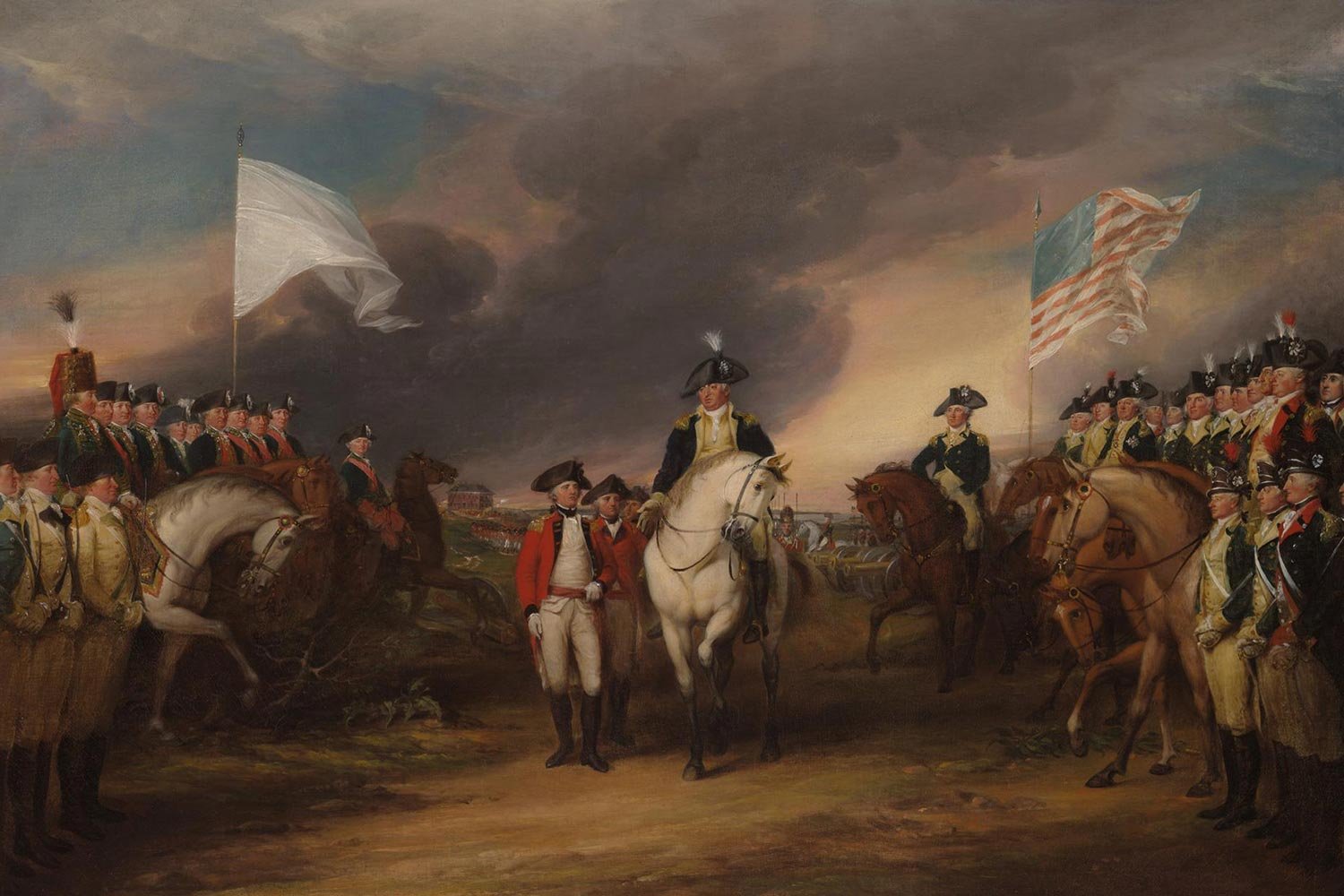




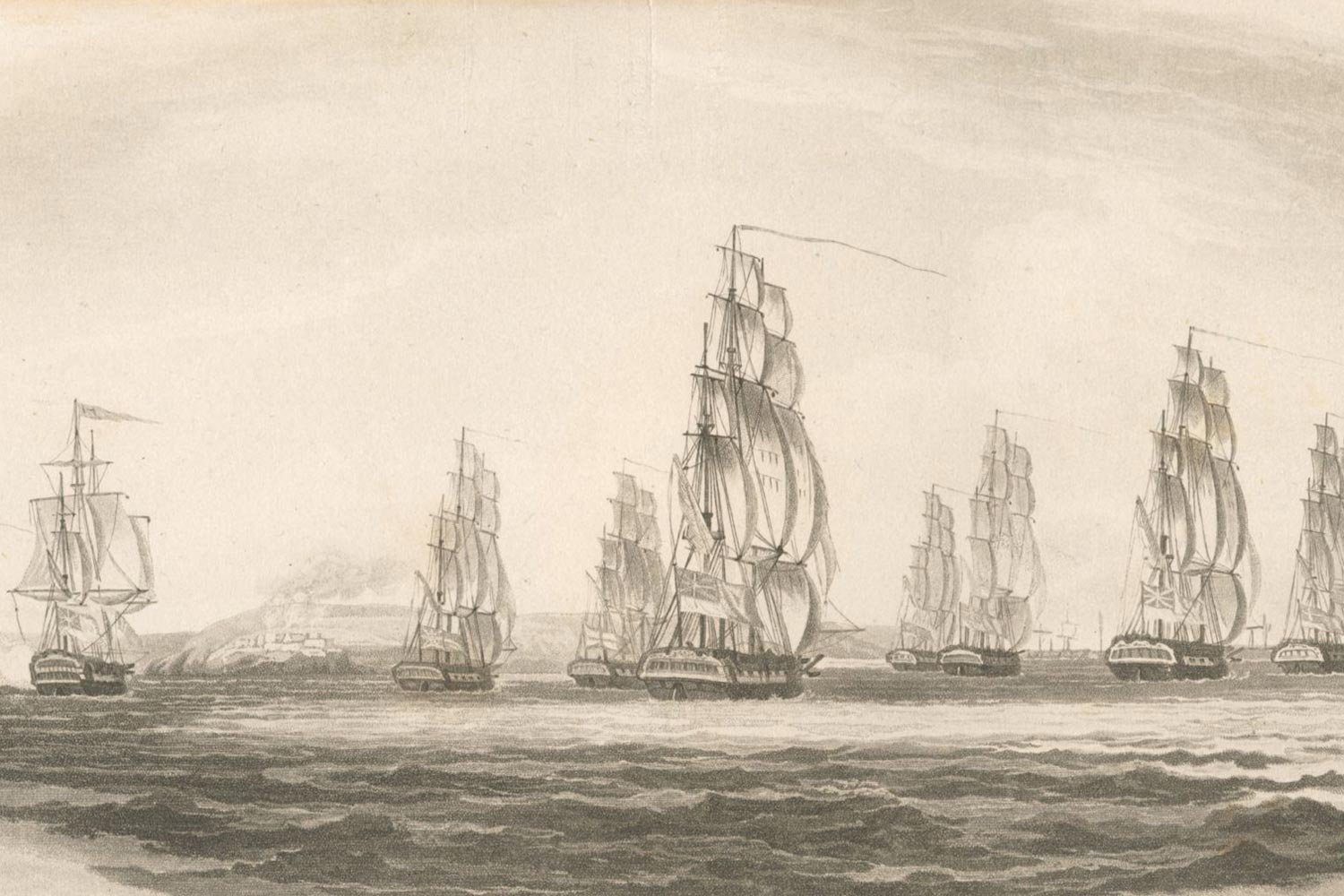
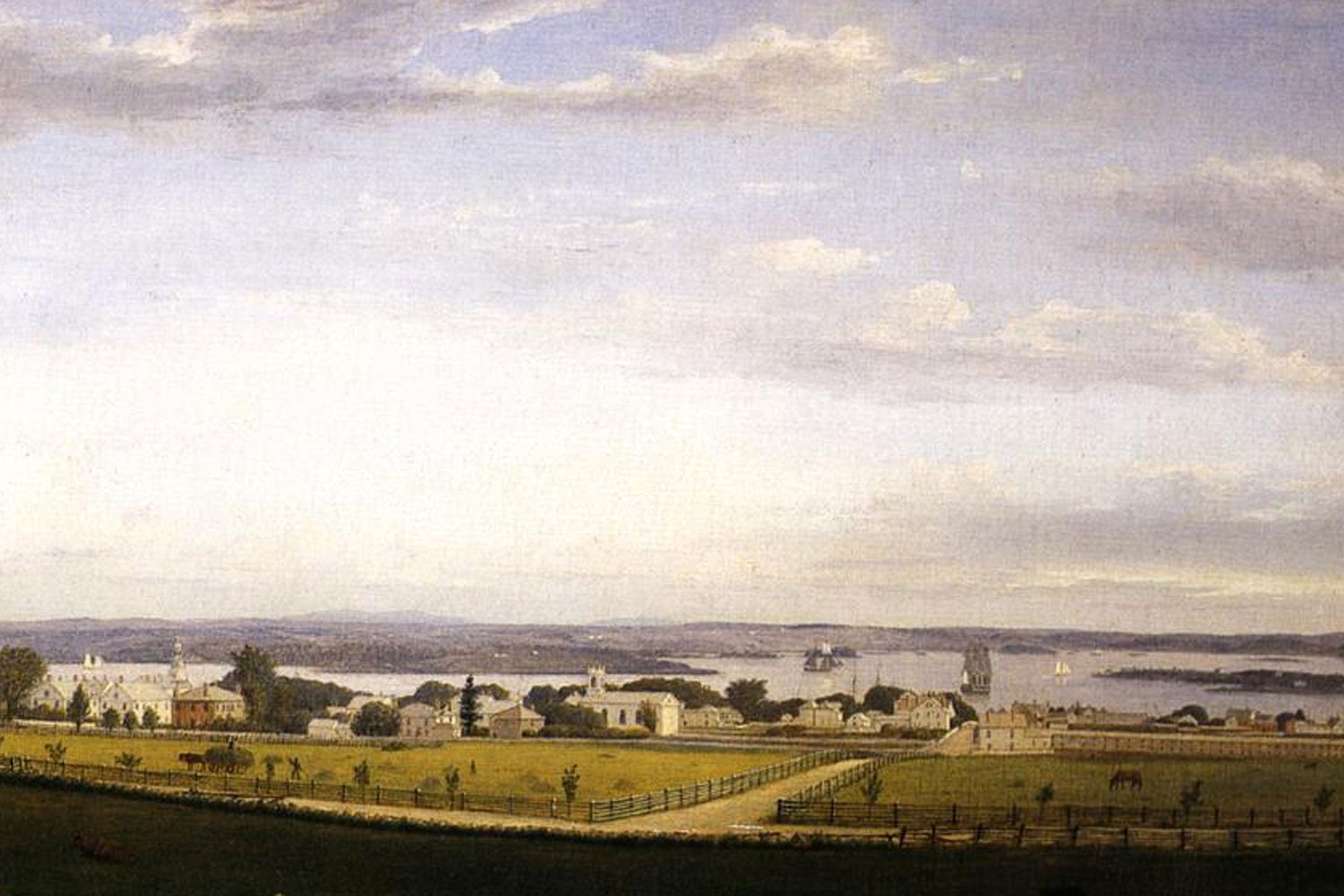
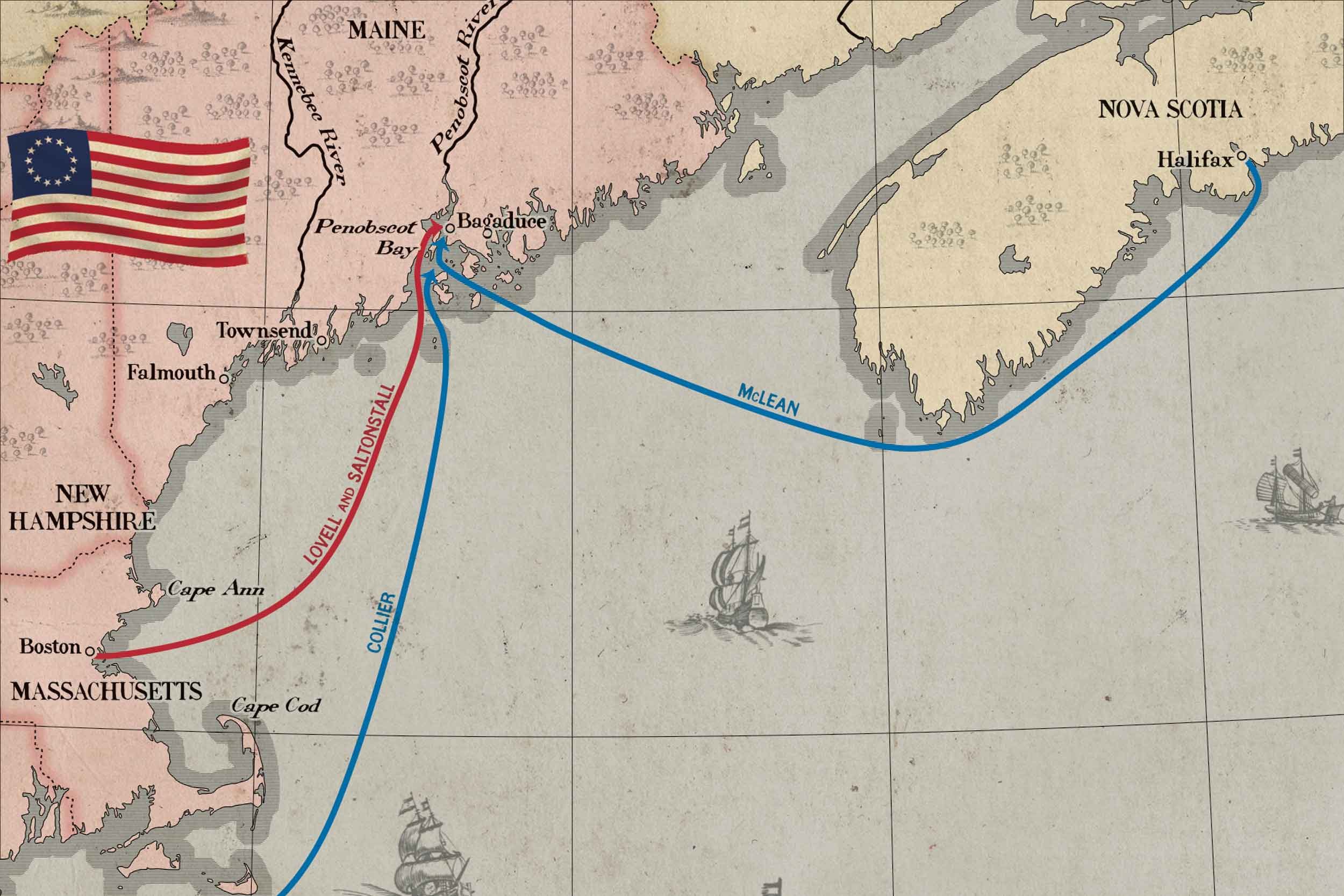
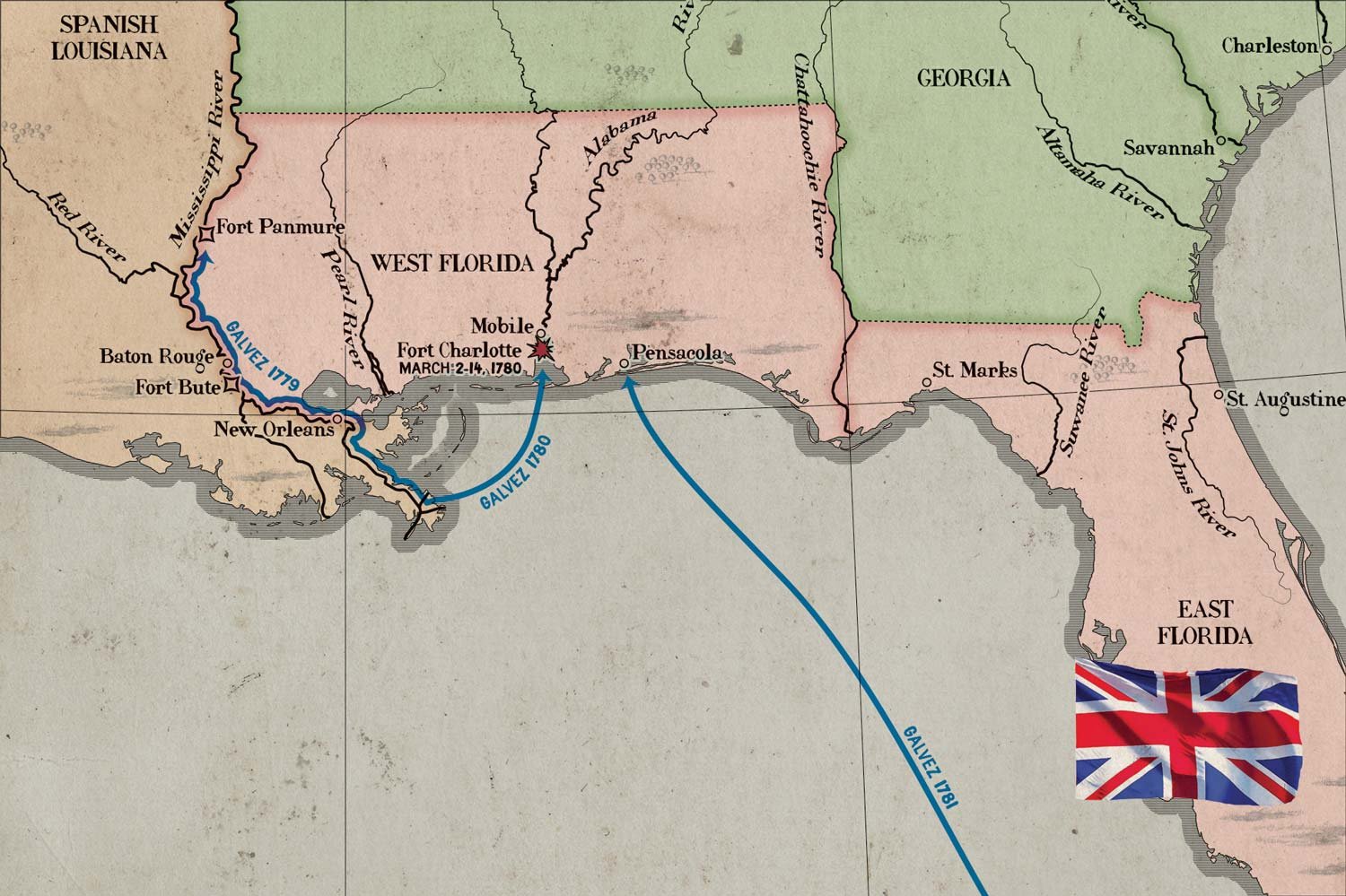
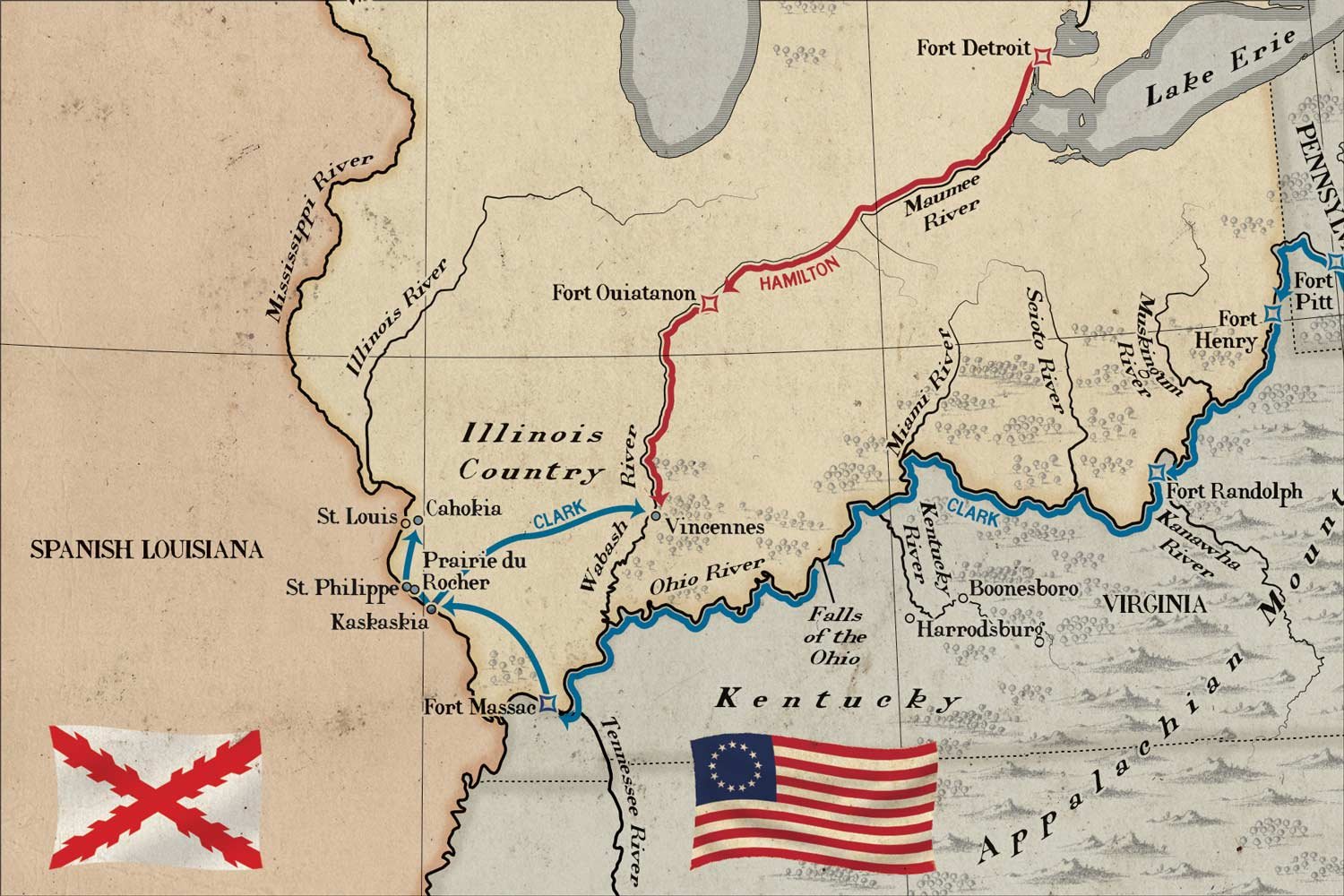
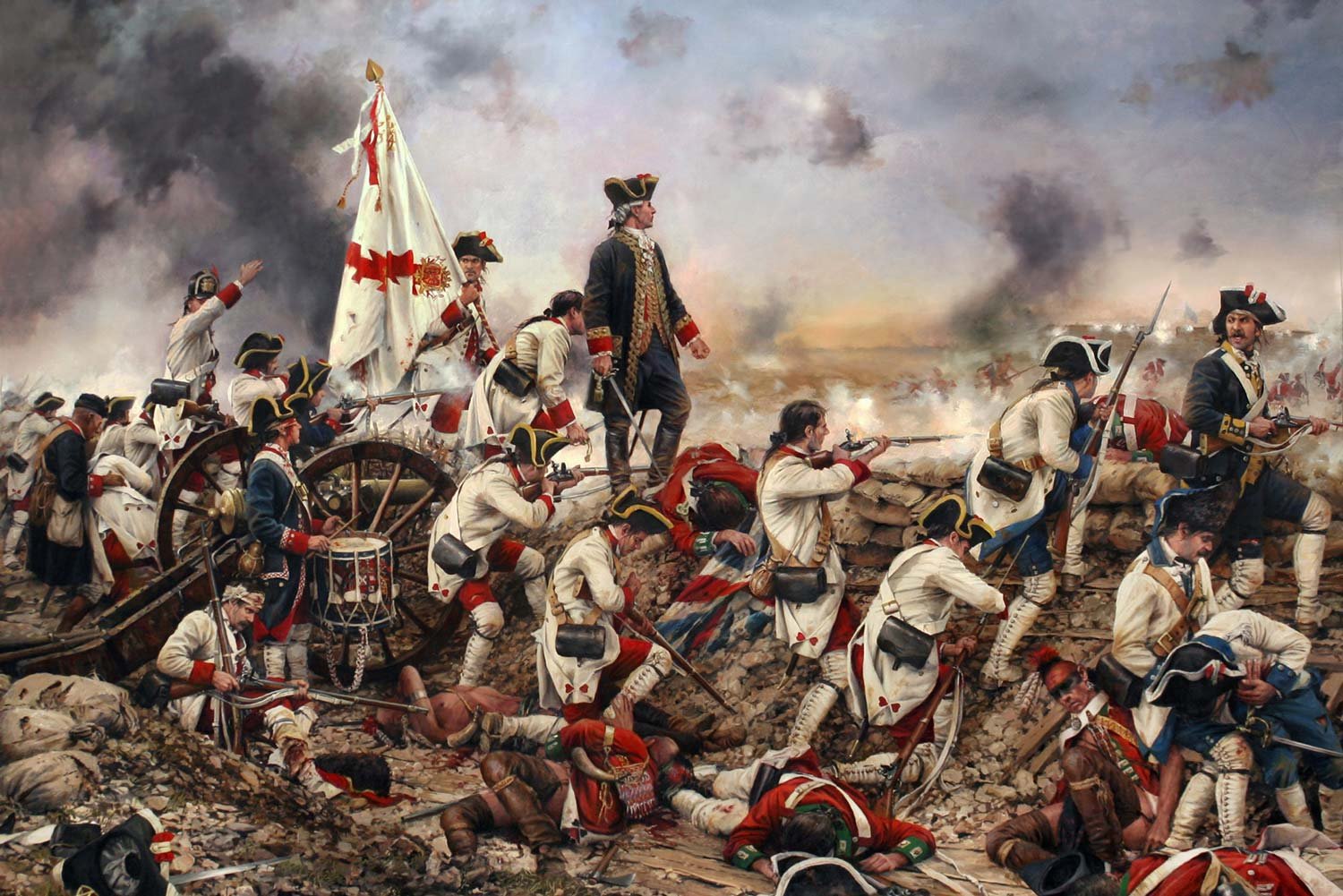
General George Washington led his Continental Army and the French Army under General Jean-Baptiste de Rochambeau into Virginia in mid-September 1781. The combined force was on its way to Yorktown and its appointment with destiny with the entrapped British command of General Lord Charles Cornwallis.